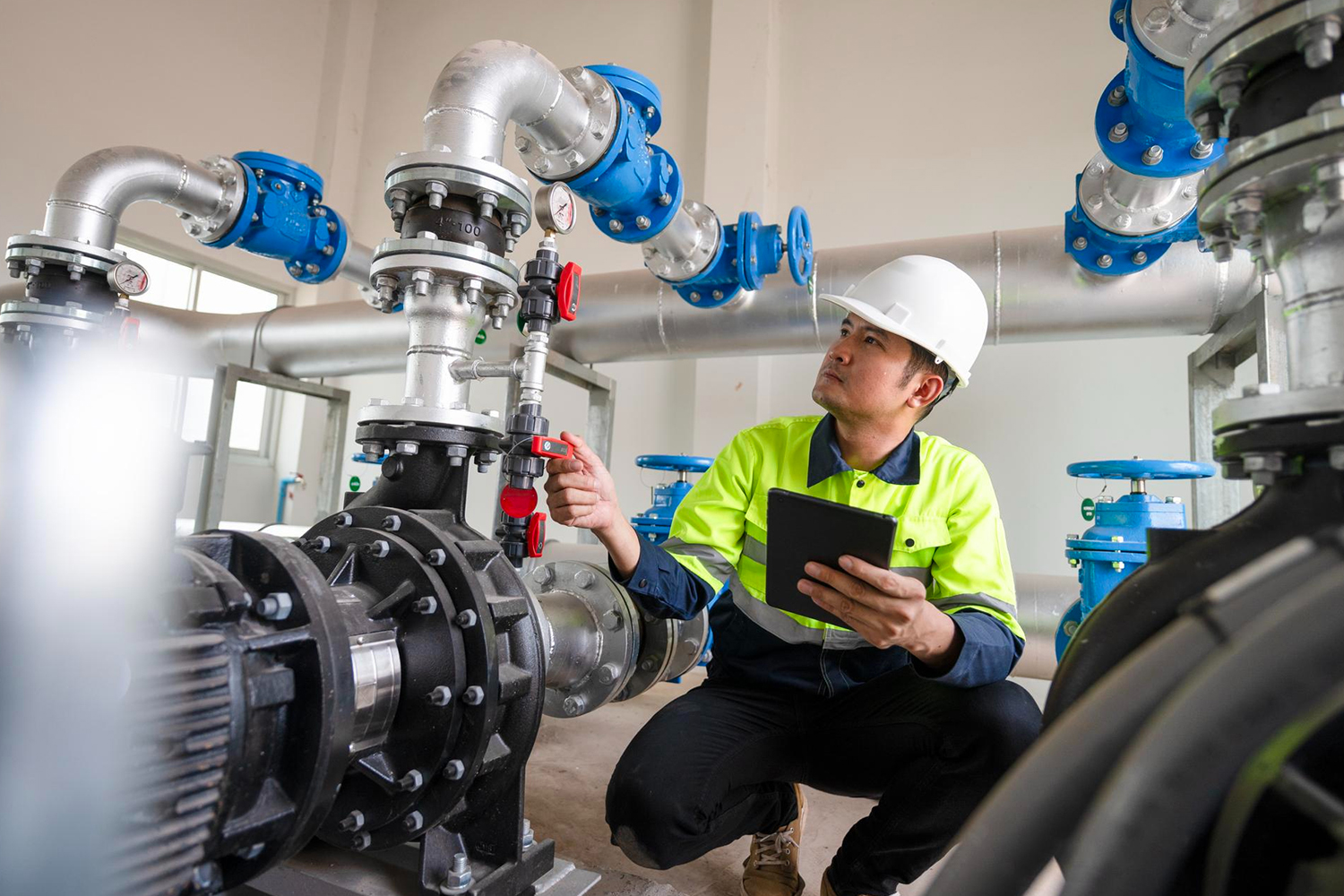The success of a factory that operates with machines and installations largely depends on maintenance management. Are machines maintained in a timely manner? And how quickly are deviations in machines and installations noticed and addressed? By implementing proactive maintenance, or Total Productive Maintenance (TPM), a production environment can become much more efficient. In this blog, we’ll explore what TPM is and which TPM pillars are applied in the production environment.
What is TPM
Total Productive Maintenance (TPM) aims to improve productivity in factories. As the term ‘Total’ implies, everyone in the factory is involved in this productivity improvement. Every responsibility and every machine can contribute to production improvement, with efficiency playing a key role. TPM looks at unplanned stops, quality losses, and financial losses from the past. By reevaluating and analysing these aspects, losses can be reduced, and efficiency increased. The goal of Total Productive Maintenance is to permanently reduce these losses by adjusting and improving processes. Factories implementing TPM aim to eliminate safety hazards, quality deviations, and breakdowns. The 5S method and implementing standard work instructions are particularly helpful in this regard. Therefore, Total Productive Maintenance is also known as TPM Lean.
The 8 Pillars of TPM
While TPM Lean originally had five pillars, it has now expanded to eight TPM pillars. These pillars form the basis for implementing Total Productive Maintenance and each contribute to increasing production efficiency.
1. Autonomous maintenance
By conducting autonomous maintenance, unplanned stops and breakdowns can largely be prevented. Operators can perform this minor maintenance themselves to prevent downtime. Clear guidelines must be in place and followed for everyone’s safety.
2. Planned maintenance
Occasionally, scheduled downtime is necessary to perform extensive maintenance. Operators can be involved in learning more about this type of planned maintenance. This may include breakdown maintenance, preventive maintenance, corrective maintenance, or maintenance prevention.
3. Development and training
Only with the right knowledge and skills can maintenance be carried out safely and promptly by employees. To ensure that this knowledge and skills are always up to date, it is important to provide sufficient TPM training. Staff regularly engaged in further education contribute to continuous improvement.
4. Quality management
Only a perfectly maintained machine can deliver perfect quality. If the quality of the end product deviates, it is wise to delve deeper into quality management and discover where in the production process and/or which machine this quality deviation originated.
5. Early equipment management
Operators and other maintenance department employees know exactly what is needed to improve safety and efficiency in the workplace. By incorporating these requirements and desires into, for example, the purchasing process of new machines and installations, the production line can be more accessible, deliver higher quality, and investments can be recouped more quickly.
6. Administrative TPM and TPM in the office
Supporting processes must not be forgotten in Total Productive Maintenance. This includes administrative support, such as creating project plans or providing step-by-step procedures and work instructions
7. Targeted improvement
A production process requires different teams, each with their own insights. By bringing everyone together, experiences and skills can be combined into clear analyses and efficient solutions.
8. Health, safety & environment
TPM aims to eliminate accidents, health risks, and negative environmental effects. This eighth TPM pillar is therefore an overarching factor within the TPM process, which has become increasingly important over the years.
The Benefits of TPM
TPM leads to the intelligent use of equipment by minimizing preventive maintenance and efficiently performing it where necessary. The benefits of Total Productive Maintenance include reduced waiting times, defects, and unplanned stops. By examining the causes after discovering quality deviations or unplanned stops, waste can be eliminated. Also, having data and analyses from audits strengthens your position significantly.
How to increase production efficiency through TPM?
The eight TPM pillars outlined above provide a strong foundation for production efficiency. You can enhance this by incorporating all pillars into a continuous improvement strategy. Everything depends on good support and a clear foundation. For example, work instructions and action plans ensure that maintenance is always performed safely, correctly, and efficiently. A digital platform accessible to every team is an example of such a clear foundation. At EZ-GO, we’ve thought about all these aspects in our app to make TPM as simple as possible for production environments.
Want to learn more about the options EZ-GO offers for your organization? Feel free to contact us!


